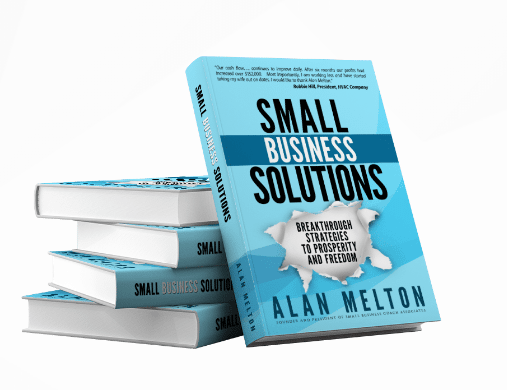VIEW BY TOPIC
- Finding Customers
- Business Systems
- Managing Employees
- Leadership
- Managing Money
Related Posts

Ready to Grow Your Business Fast?
Here’s How I Grew Five Businesses, and Eventually Sold One to a Fortune 500 Company.

The 4 Main Stages of Customs Clearance
Customs clearance is crucial in international trade, ensuring that goods comply with customs regulations and can legally enter or exit a country. Navigating the customs clearance process can be complex and time-consuming, requiring attention to detail and adherence to specific requirements. Partnering with a reputable and trustworthy customs clearance services provider offers numerous advantages, including expertise, efficiency, and compliance.
This article will explore the main stages of customs clearance and provide insights into each stage’s significance.
Documentation and Preparing the Customs Entry
The first stage involves gathering and preparing the documentation that customs authorities require. This includes commercial invoices, packing lists, bills of lading, certificates of origin, and any specific permits or licenses required for certain goods. Accuracy and completeness are essential during this stage to avoid delays or customs-related issues. A reputable service provider can assist in preparing the customs entry accurately, ensuring that all required documents are in order and compliant with customs regulations.
Customs Examination and Inspection
Once the customs entry is submitted, the authorities may examine or inspect the goods. This stage aims to verify the accuracy of the declared information, assess the goods’ value, and ensure compliance with import/export restrictions and regulations. The examination may involve physical inspection, X-ray scanning, or sampling. It is crucial to work with a reputable customs clearance services provider who can facilitate the examination process, guide compliance, and address any concerns the customs authorities raise.
Duties, Taxes, and Tariff Assessment
After the examination, the authorities assess the duties, taxes, and tariffs applicable to the imported or exported goods. The assessment is based on factors such as the nature of the goods, their declared value, and the applicable customs regulations and tariff schedules. Calculating and paying the correct duties and taxes is vital for compliance and cost efficiency. Working alongside customs clearance providers can help mitigate risks by accurately determining the duties and taxes, and ensuring compliance with the applicable regulations while identifying any eligible exemptions or preferential tariff rates. This expertise can help minimize costs and avoid penalties associated with incorrect tariff assessment.
Customs Release and Delivery

The final stage is the release of the goods by the customs authorities for further transportation or delivery. Once the duties, taxes, and tariffs are paid, and all customs requirements are met, the authorities issue the necessary clearance documents, such as the customs release order or customs entry summary. These documents allow for the smooth flow of goods to their intended destination. An experienced partner can make your experience even easier by streamlining processes for efficient and timely delivery, minimizing delays and ensuring customer satisfaction.
Advantages of Using a Trustworthy Customs Clearance Services Provider
Partnering with a trustworthy professional offers several advantages. Firstly, their expertise and knowledge of customs regulations and procedures ensure compliance, avoiding costly delays or penalties. They can guide you through the intricate process of documentation preparation, customs examination, tariff assessment, and customs release, providing peace of mind and saving valuable time and resources.
A reputable professional has also established relationships with customs authorities, enabling smoother communication and expediting customs clearance. Their experience and network of logistics partners facilitate efficient transportation and delivery, ensuring goods reach their destination promptly.
Risk Management and Compliance
Customs clearance involves navigating various legal and regulatory requirements, which can be challenging for businesses. Working with a services provider mitigates the risk of non-compliance. These providers have a thorough understanding of customs regulations, trade agreements, and changes in legislation. They keep abreast of evolving customs requirements, ensuring that your goods meet all necessary standards and regulations. By adhering to proper compliance procedures, businesses can avoid costly penalties and delays.
Make the Customs Clearance Process Easier for Your Business
Navigating the intricacies of customs clearance requires expertise, attention to detail, and adherence to ever-changing regulations. Partnering with a professional services provider brings numerous advantages, including risk management and compliance, efficient supply chain management, and expert guidance and support.














